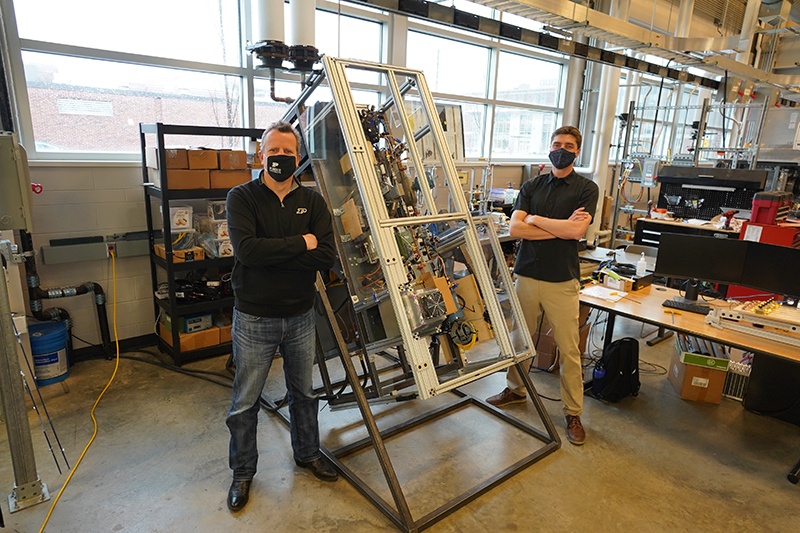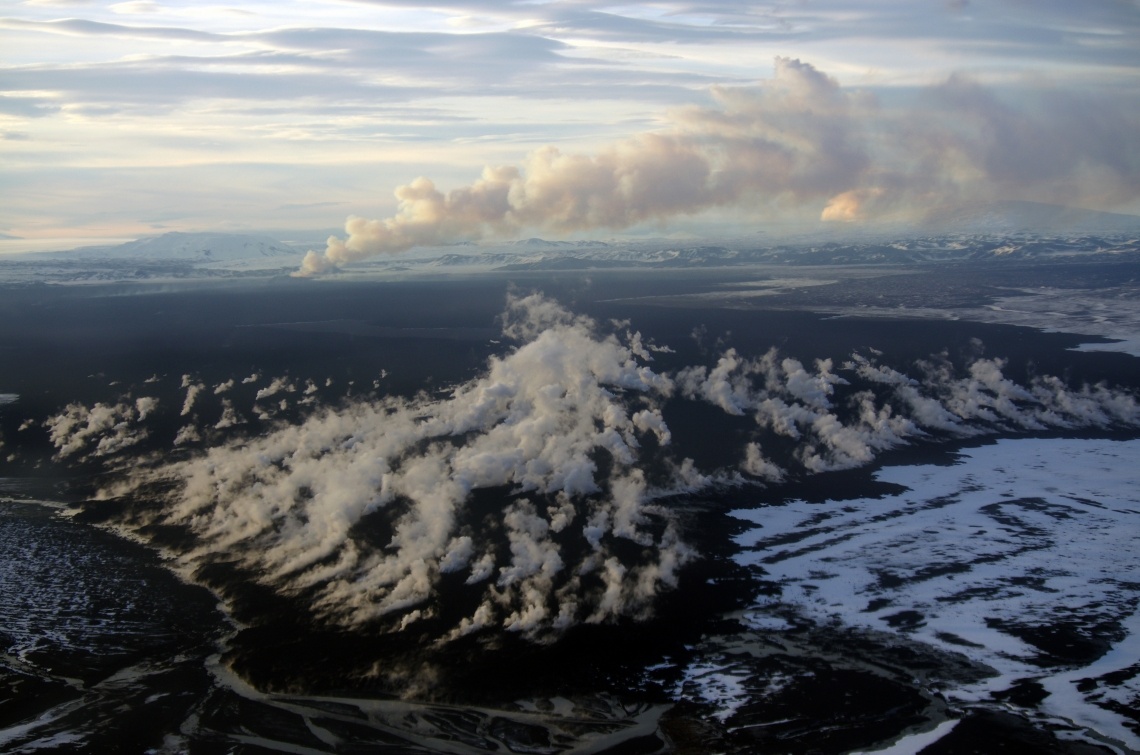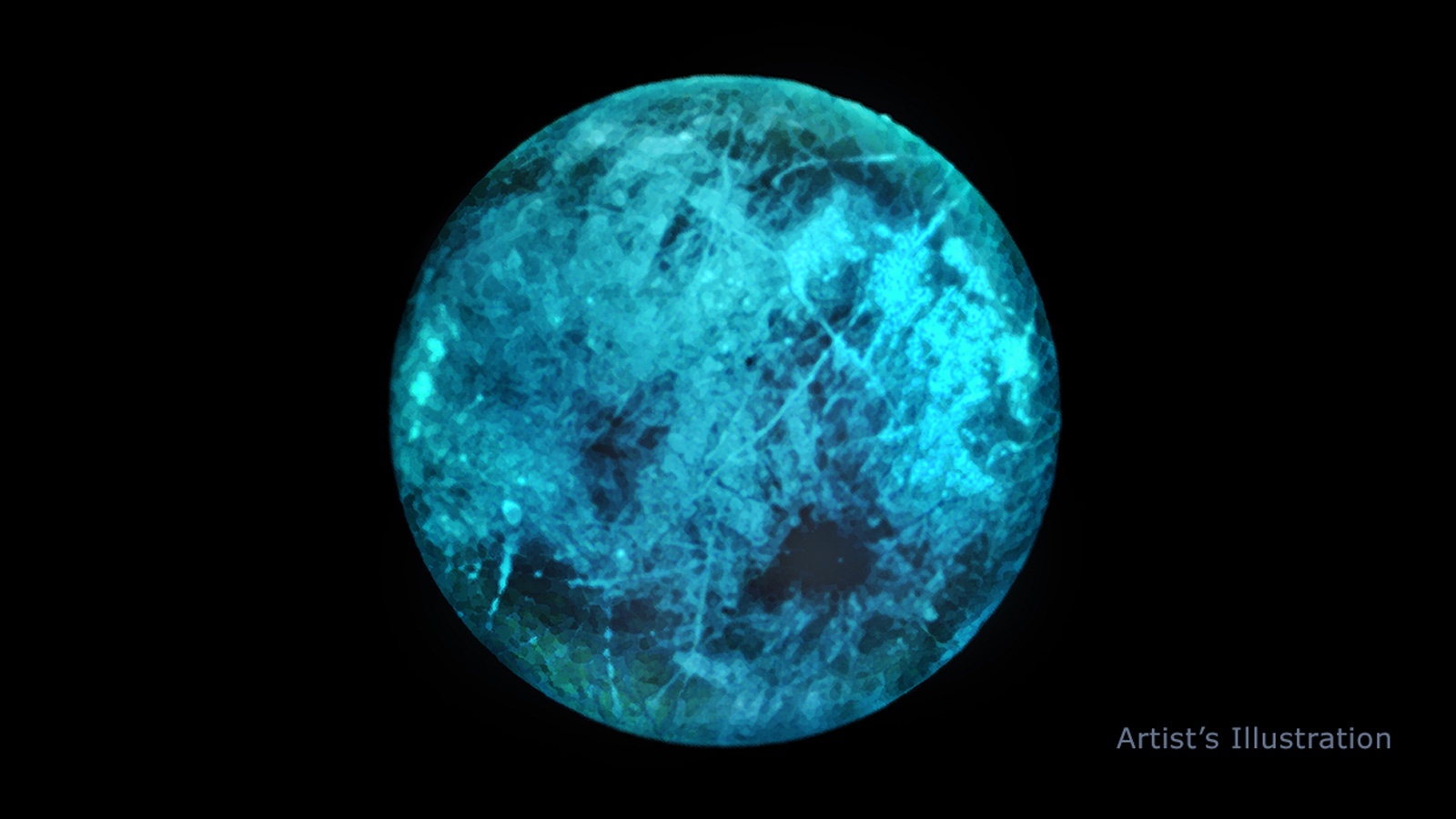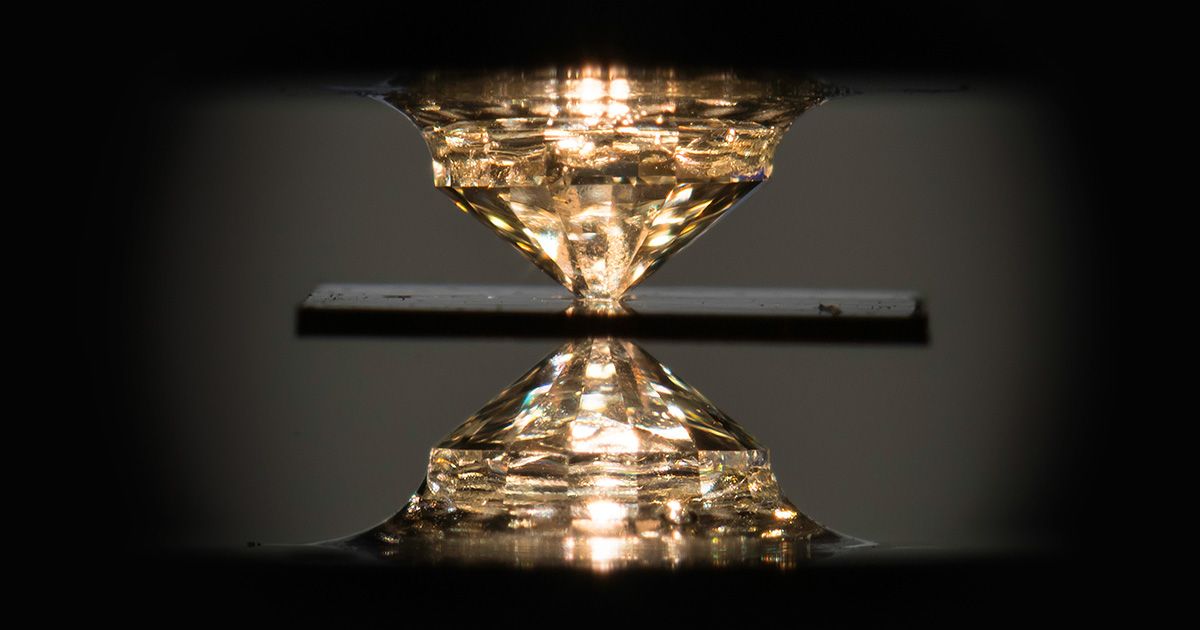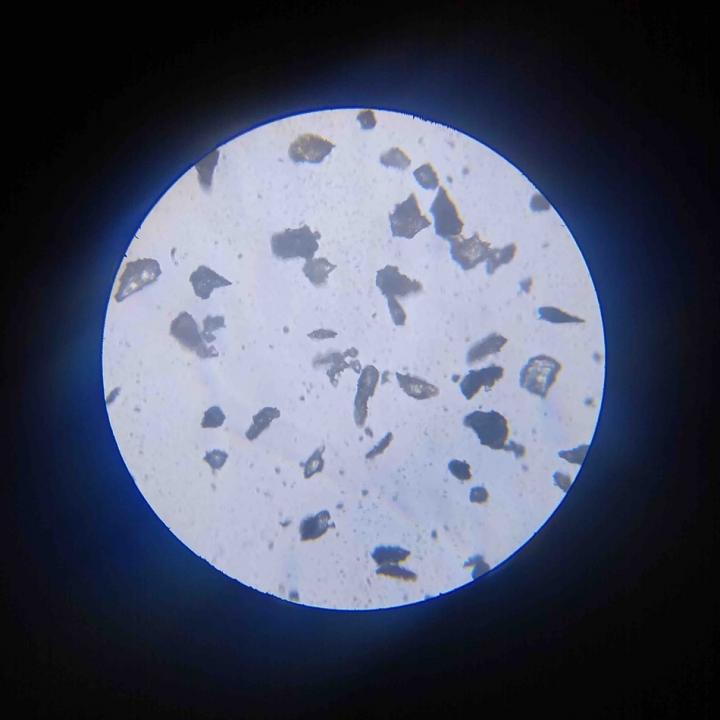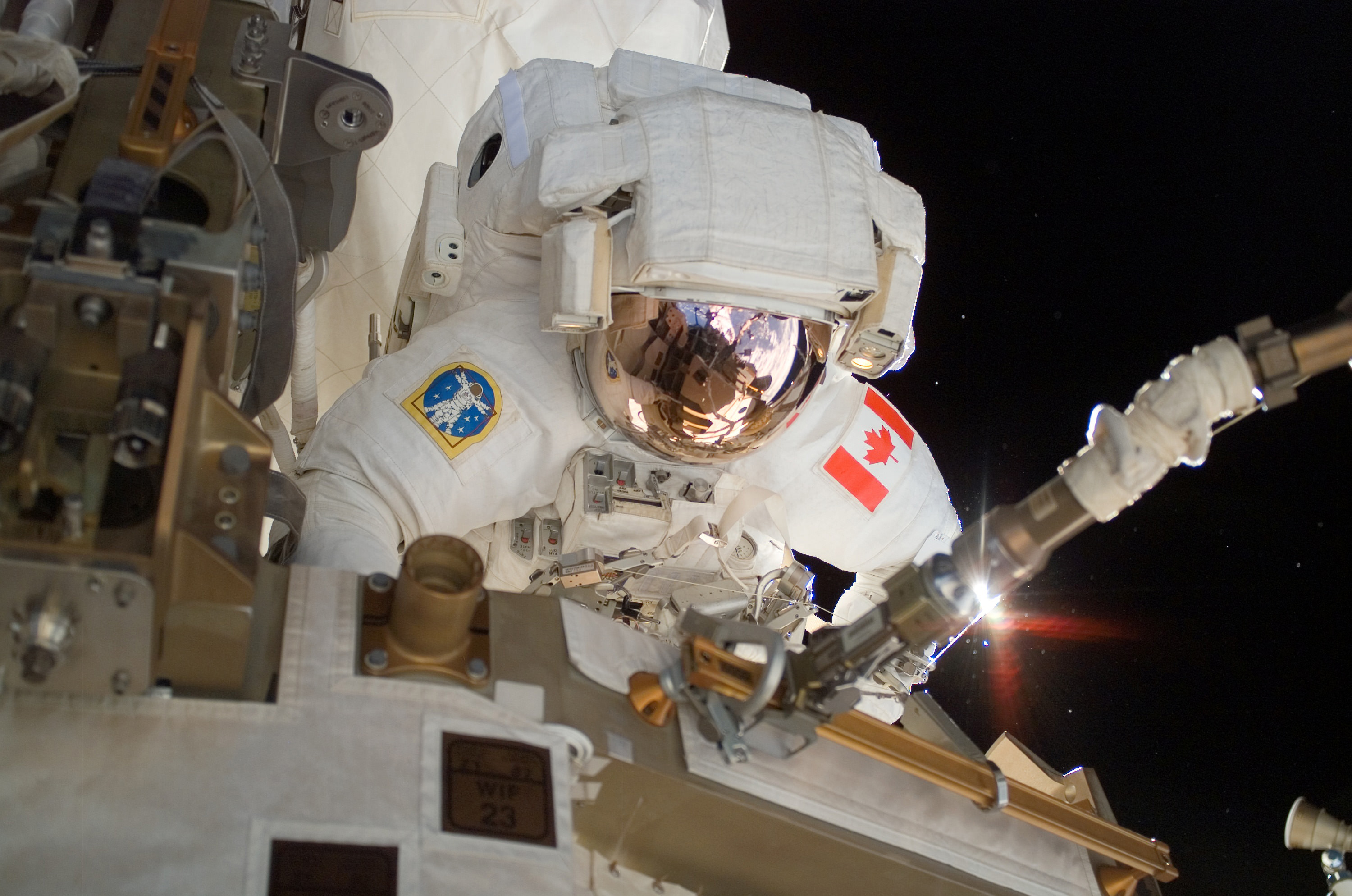One of the least known of NASA’s funding mechanisms is the Small Business Innovation Research (SBIR) program. This program, required by the Baye-Doyle Act of 1980, earmarks a piece of every US Federal agency’s budget (including NASA) for the development of small businesses to commercialize new technologies. NASA’s SBIR program usually focus on commercializing technologies that are useable in space, and many times fund a university doing some work in addition to the small business that received the grant. A company called Air Squared Inc, based in Broomfield, Colorado, recently received one of these SBIR grants, and teamed up with a mechanical engineering lab at Purdue University and Whirlpool, one of the world’s appliance giants, to produce a necessary component for any long-term space mission – a refrigerator.
Continue reading “Astronauts Will Soon be Getting a Space Fridge, Keeping Everything Cold in Zero-G”Astronauts Will Soon be Getting a Space Fridge, Keeping Everything Cold in Zero-G
